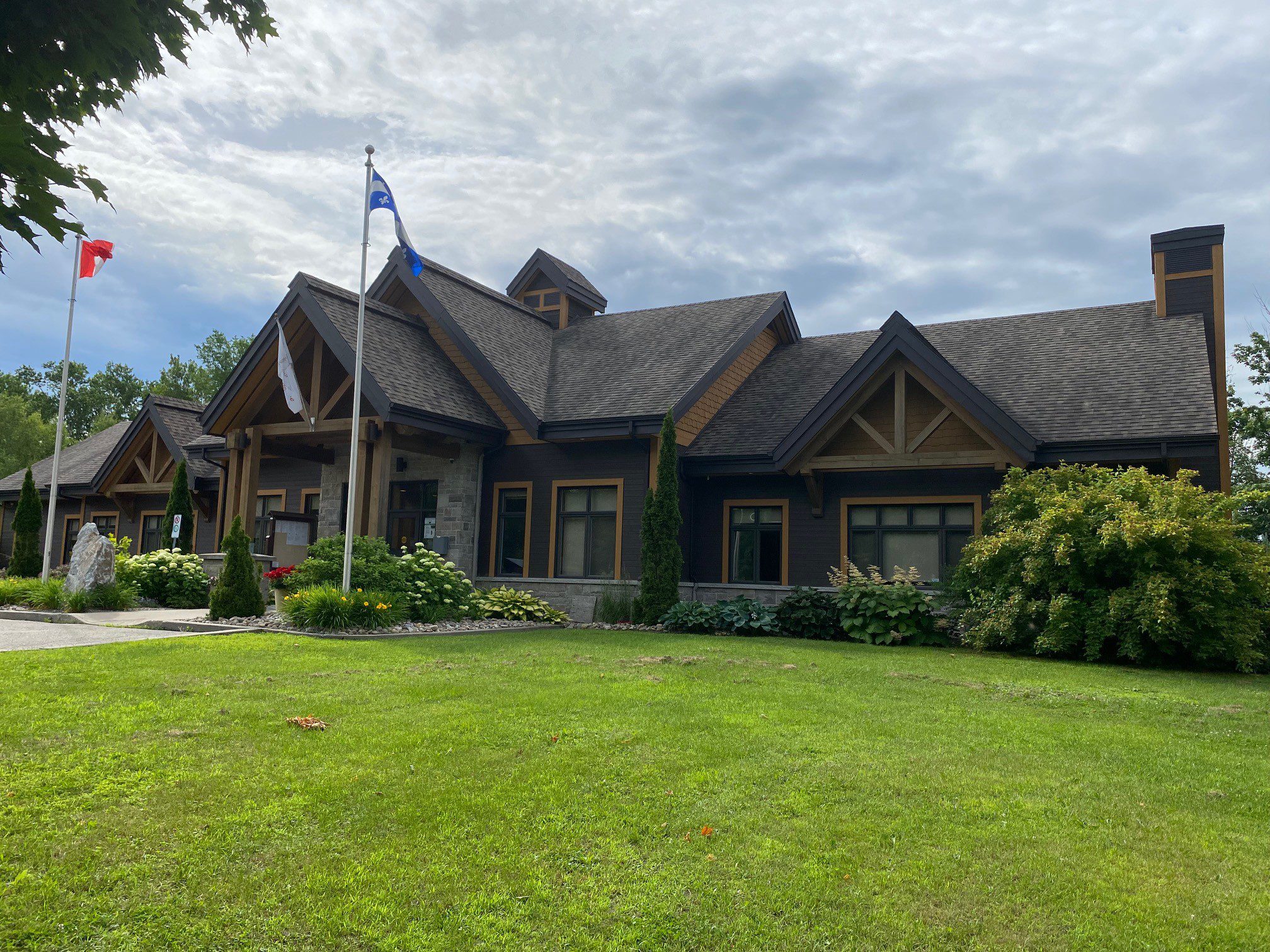
History
Grenville-sur-la-Rouge was established in April 2002 by the merger of the village of Calumet, the township of Grenville and the villages of Avoca, Bell Falls, Grenville Bay, Kilmar, Marelan and Pointe-au-Chêne.
The municipality’s name was inspired by the former Township of Grenville and the Rouge River, which runs through the municipality from north to south.
The name Grenville honors the legacy of George Grenville (1712-1770), former British Prime Minister. The origin of the Rouge River’s name is uncertain, but the most plausible hypothesis suggests the reddish shade of the river’s waters, caused by the iron oxidation of its bed.
Constituted in 1808, Grenville Township was first settled by English and then Irish immigrants who had served in the British army. In 1976, Grenville Township lost part of its population to the new village of Grenville, as did the village of Calumet in 1918.
Located at the junction of the Calumet River and the Ottawa River, the village takes its name from the aboriginal habit of calumet smoking. The existence of a stone used to make calumets may also be the inspiration behind Calumet’s name.
The name Pointe-au-Chêne, according to the Ottawa Geographic Survey, was given to a point that juts into the Ottawa River and was once covered with oak trees.
The Rouge River and the Development of the Region
From First Nations peoples to the New France explorers, from the voyages of the “Coureurs des bois” to the establishment of the colonies, the Rouge River and the Ottawa River have shaped the development of our land.
Prior to the arrival of the French in America, the Rouge River was part of Algonquin territory, to whom it was known as the River of the Great Spirit. During the first periods of Amerindian and French occupation of the land, the Ottawa River was one of the main communication routes to the interior, and one of the most important trade routes in New France. Numerous “Coureurs des bois”, Aboriginals and French travelled along the Rouge River as part of the fur trade.
In the first half of the 19th century, the Rouge River was used to transport timber for the construction of British buildings and ships. Logs were floated and driven by log drivers to the mouth of the river, then transported either to the Grenville and Hawkesbury mills, or in cages to Quebec City. By 1886, the industry employed over 150 men in the region.
Due to its strategic importance under the French regime, enhanced by its great historical nature during the fur trade era, and renewed by the exploitation of forest resources, the Rouge River is an emblematic site which has proven its value as one of the key drivers of the region’s socio-economic development.

